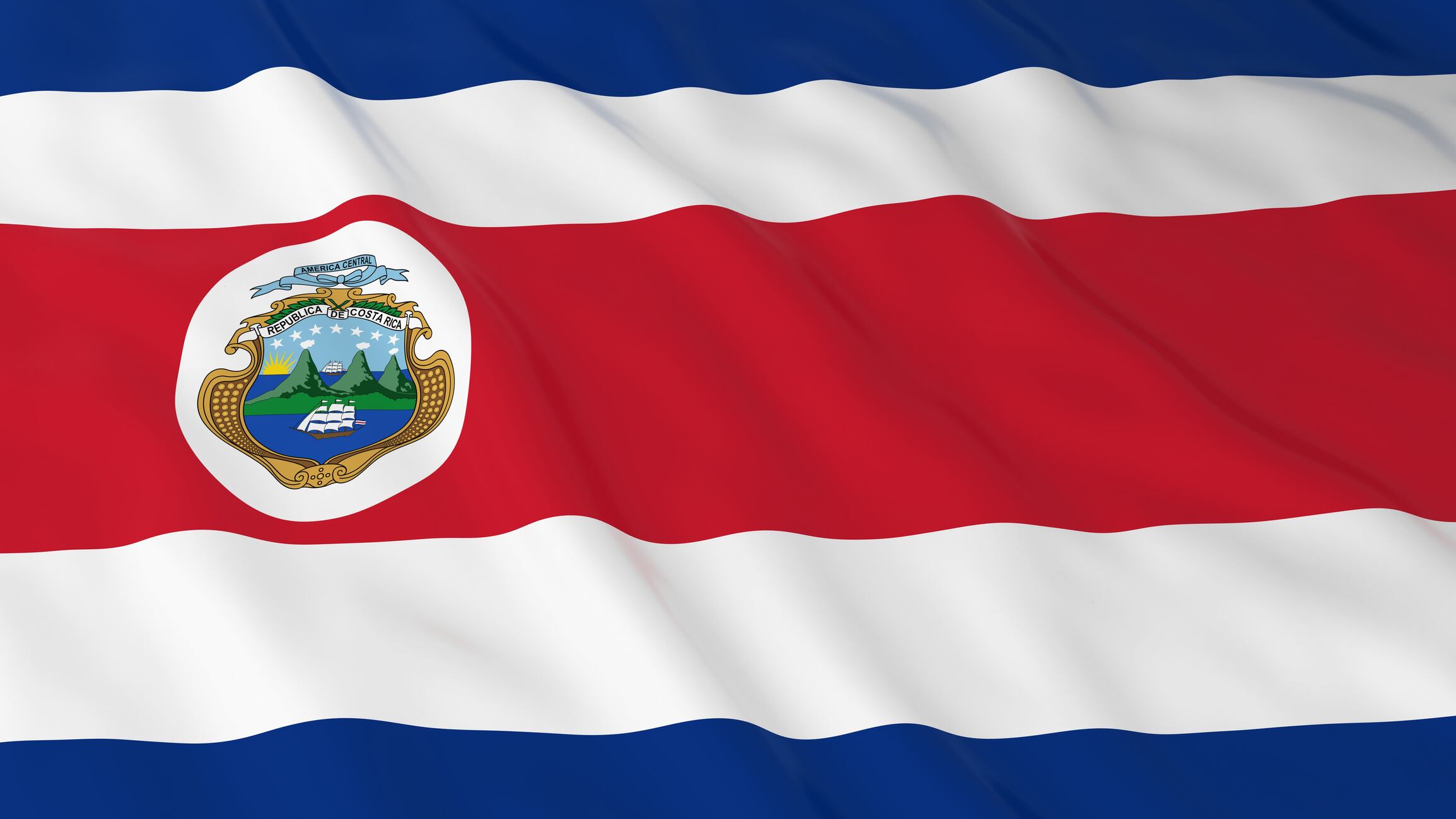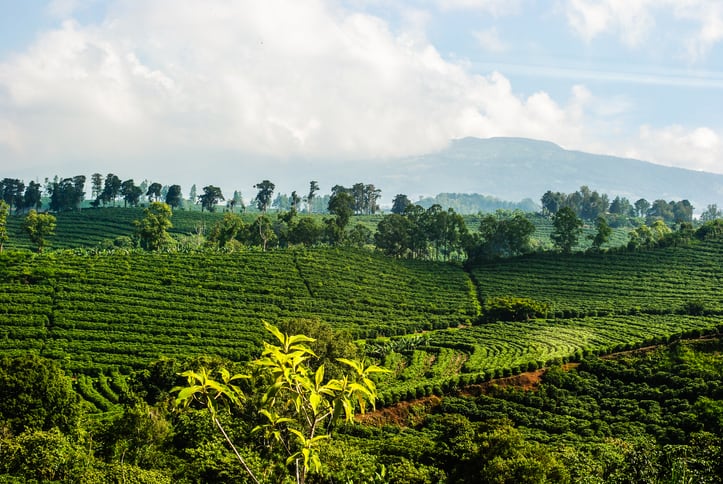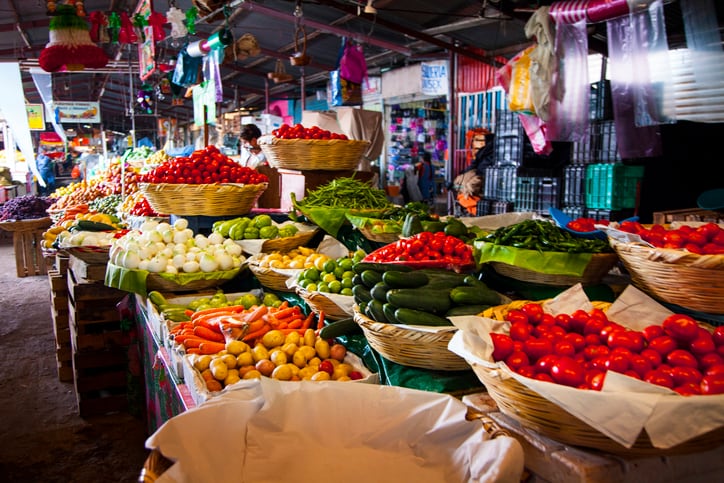The standard, called INTE / ISO 14026: 2018, ‘Environmental labels and declarations. Principles, requirements and guidelines for the communication of fingerprint information’, will allow consumers to identify the carbon, water and environmental footprint of a product.
According to INTECO, the logo is an informative tool for consumers to make purchasing decisions.
“In addition, organizations can also benefit from reducing the environmental impact through their product purchase management,” said the certifying body in a statement. “The standard promotes assertive communication of the environmental improvement of products and stimulates the demand and supply of items that affect the environment to a lesser extent.”
The label was developed in the context of the National Environmental and Energy Labeling Program, announced by the Costa Rican Ministry of Environment and Energy (MINAE) in February this year.
In 2011, Costa Rican coffee cooperative COOPEDOTA became the first in the world to receive a carbon neutral certificate.

A tool against green-washing
Supported by the United Nations’ Development Program (UNDP), the environmental labeling initiative will help reduce misleading marketing claims, according to MINAE.
“Among the benefits of environmental and energy efficiency labels are that it reduces so-called green washing, which is misleading advertising where environmental aspects of a product are indicated without any technical support,” the Ministry said.
“In turn, this avoids potential health risks by not exposing people to products that could have certain toxic substances or components that affect health.
“Labels are also a way to educate and sensitize consumers who are offered information that can better guide their purchasing decisions," it added.
Diego Cordero, standardization project manager at INTECO, said the environmental footprint is calculated using a life cycle analysis of the product in question.
“Throughout the life cycle of a product, the carbon footprint considers emissions and removals of greenhouse gases expressed as equivalent carbon dioxide (CO2),” said INTECO. “The water footprint, quantifies the potential environmental impacts related to water and the environmental footprint, is a multicriteria measure of the environmental behavior of a good or service.”
Carbon-neutral Costa Rica
This year, the Costa Rican government announced details of the ambitious 2018-2050 National Decarbonization Plan, which aims to align the country’s economy with the objectives of the Paris Climate Change Agreement.
Under the plan, which has specific objectives for different sectors including transport, energy, waste management and agriculture, the country is striving to to emit zero net carbon emissions by 2050.
To read more about the decarbonization plan and its impact on the food industry, click here.
The standard will help both companies and consumers work towards fulfilling the United Nations’ (UN) 12th Sustainable Development Goal on ensuring sustainable consumption and production patterns, INTECO said.
According to the UN, the food industry is responsible for almost one-third (around 30%) of the world’s total energy consumption and accounts for around 22% of total greenhouse gas emissions.




